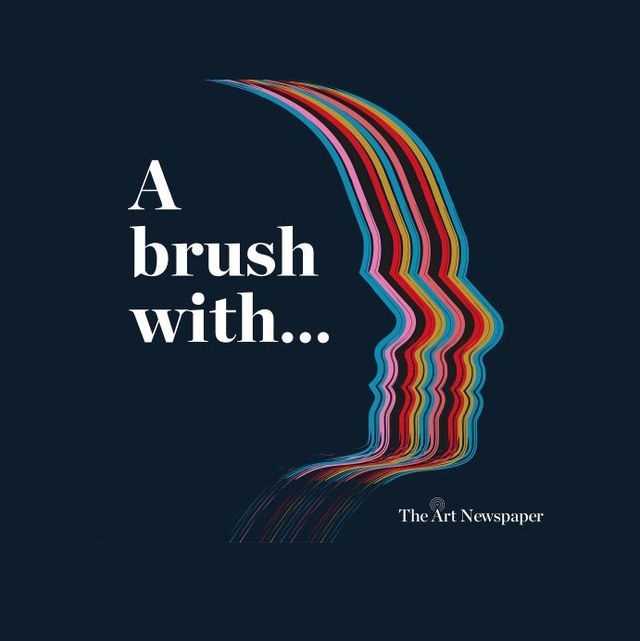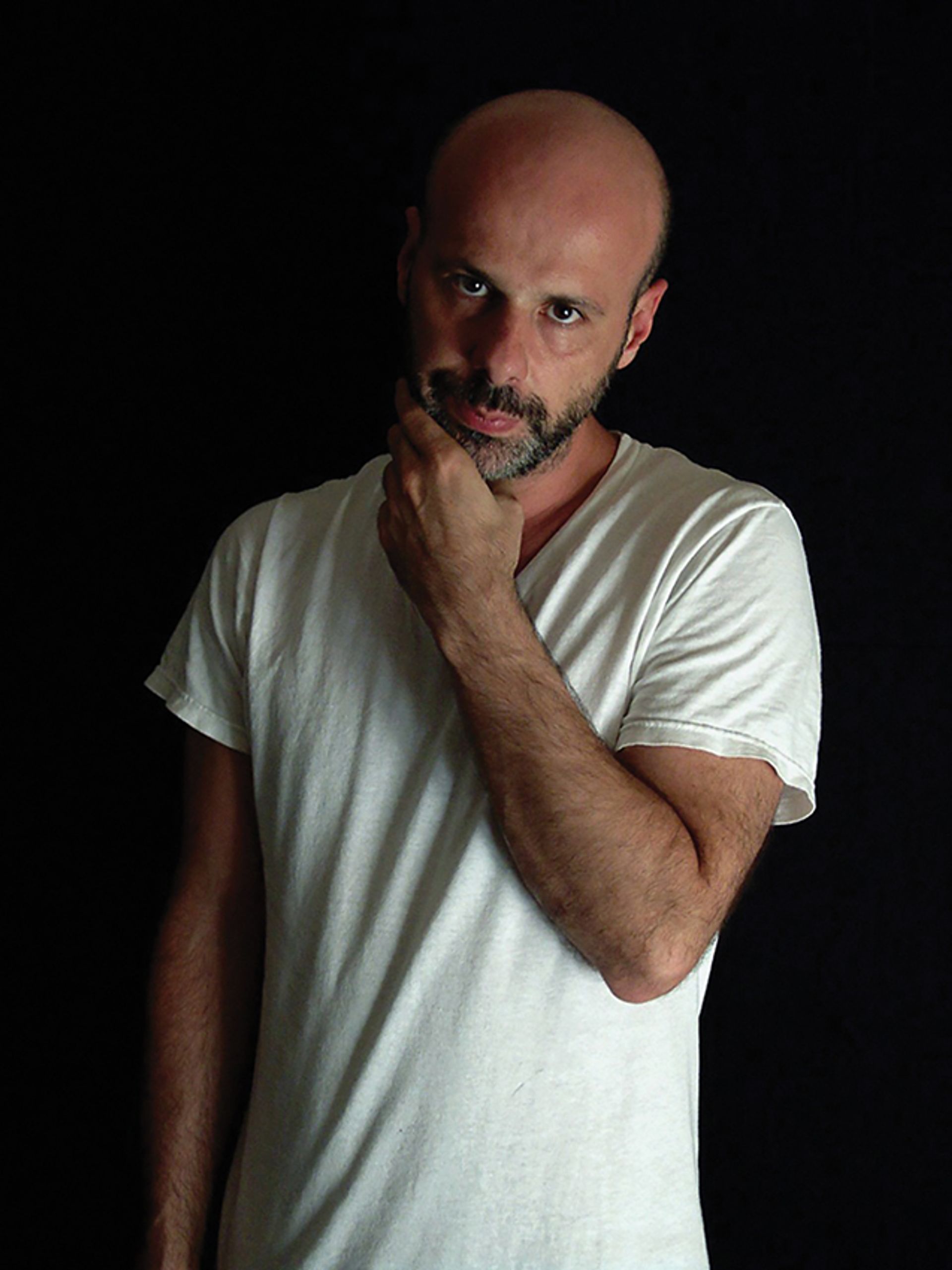
Philippe Parreno Courtesy of Pilar Corrias
Philippe Parreno is a master of exhibition making. Ever since he emerged in the 1990s, the French-Algerian artist has used the spaces he shows in and the immediate environment around them as an active presence in his work. Architectural elements in the gallery might be animated at certain moments; screens might descend to show examples of Parreno’s richly diverse video works. Often these actions are triggered by hidden environmental forces harnessed by Parreno as data to orchestrate his shows.
Throughout the works there is a consistent interest in constructions of reality, in fiction and science-fiction, the idea of the automaton and artificial intelligence, but always in relation to human movement and bodily presence within the exhibition space.
At the Beyeler Foundation, Parreno’s Water Lilies (2012) welcome visitors to the space: speakers in the ponds around Renzo Piano’s building produce sound waves that prompt beautiful bursts of ripples on the surface, echoing Monet’s panoramic Le Bassin aux Nymphéas (around 1917-20) that is in the foundation’s collection. Now, Parreno is making a new work to coincide with the Beyeler’s major Goya exhibition this autumn (10 October-23 January), in which he has documented the Spanish master’s dramatic late Black Paintings, now in the Prado, for his latest work in film. And here, too, the idea of the construction of space, of notions of fiction and reality are uppermost in his thoughts.
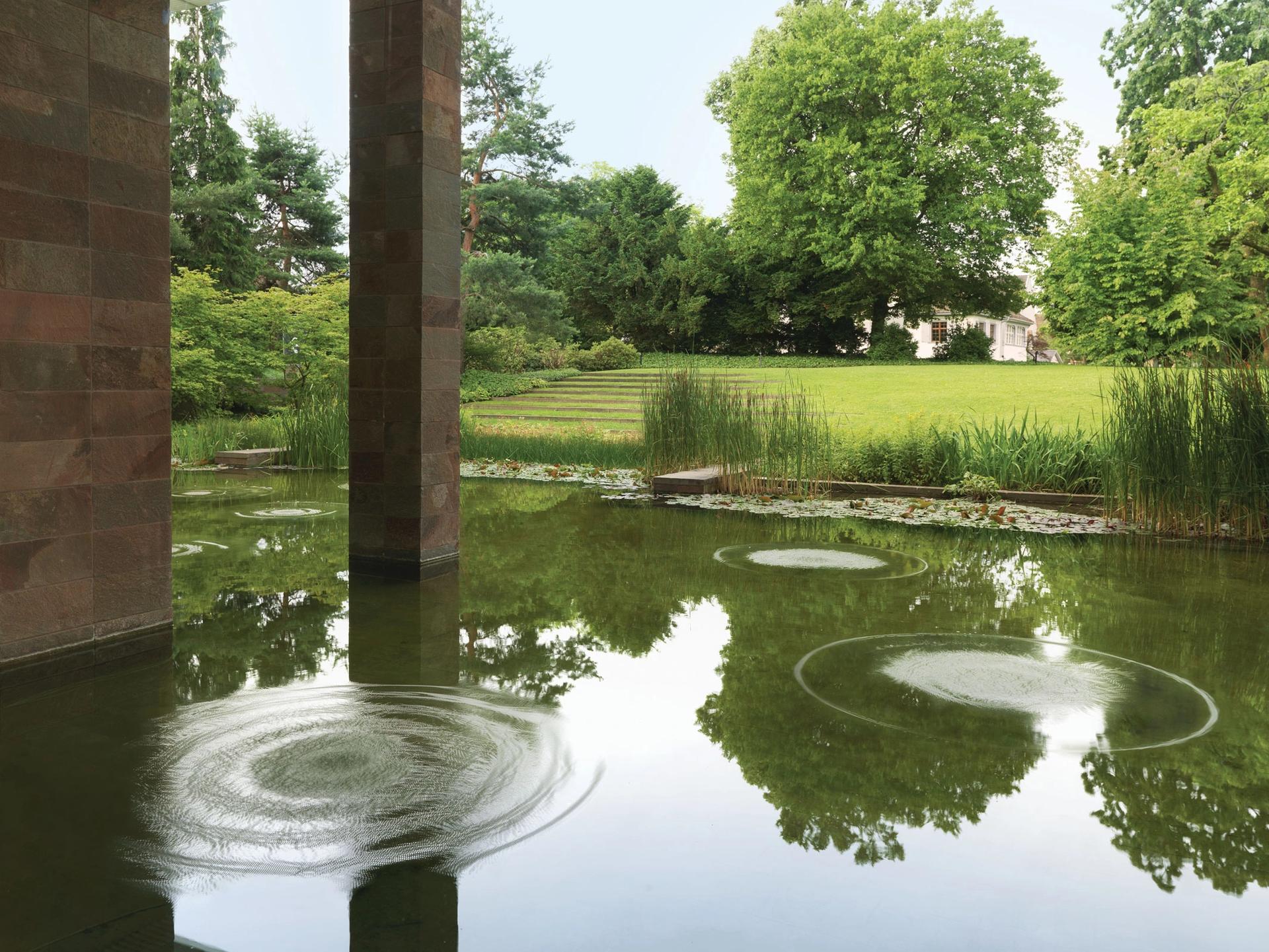
Parreno’s Water Lilies (2012), echoing Monet’s famous paintings, includes speakers that produce sound waves that prompt bursts of ripples on the surface of the pond Photo: Serge Hasenböhler
The Art Newspaper: When did you first think of making exhibitions a kind of living entity?
Philippe Parreno: From the beginning. Even when I started, just after I came out of art school, the first thing I did was to work with all the young artists like me. And among them was Dominique Gonzalez-Foerster, she’s still somebody I work with, and I talk to on a daily basis, but there were some other artists around me like Pierre Joseph, Bernard Joisten, people I used to work and spend a lot of time with, and we all declared ourselves as being sort of artists under the condition of exhibition making. So we would discuss terms of appearance of our work within our conversation, and then we’d come up with an exhibition called, say, Hyper Hyper or Ozone. And this would not be the name of the group of artists, but more that the exhibition would be titled like that. And that group exhibition created by five or six of us would [define] the work that I would do inside. It was not my work in a gallery space, it was my work in dialogue with something else.
After that, it became, in a way, something that I really believed in. I had to carry on with this conversation idea. And I spent a lot of time making work only in collaboration with others. That was an extremely beautiful time, when, in a way, I extended the good time that I had in art school, never ending the conversation.
You’ve talked about programming an exhibition in terms almost like a musical score. But is it a looping score or a generative score?
It’s always been generative. At the beginning it was much more empirical than the tools that I am using now. Of course, there are some mathematical calculations but there aren’t really algorithms at work. I’ve used them maybe once or twice. What I use most of the time is data that I collect from either microphones placed outside or inside a space or from input that I get from, say, the sun’s position—things which are correlated to the space in which the works appear. So, of course, because the position is never the same or because the atmospheric pressure is never the same, that launches or triggers a series of events that will never repeat themselves. It’s to try to avoid that sort of looping.
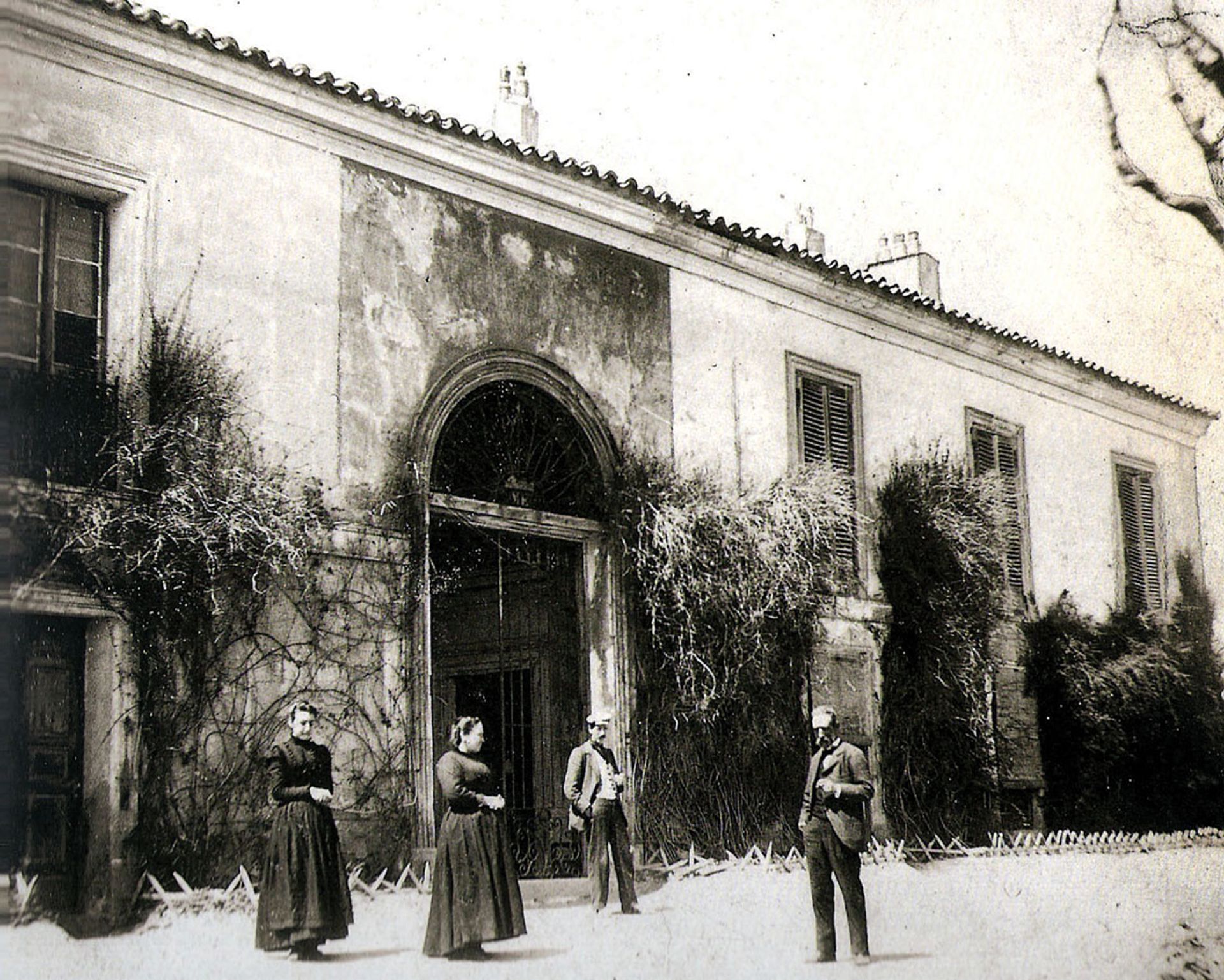
Quinta del Sordo, around 1900, Goya's former home and where he painted the Black Paintings. It was demolished in 1909. Photo: Manuel Asenjo
For the Beyeler Foundation you’re making work which is directly responding to Goya’s Black Paintings.
I was always a bit fascinated by the paintings of Goya. The Black Paintings were pictures in the house called the Quinta del Sordo. There were 14 works painted on two different floors. And the paintings were just roughly painted on the wall directly—he didn’t use a fresco technique. And he worked on them for a couple of years. It was supposed to be his legacy, a really deep one, to his son and grandson. And when the house was demolished, the paintings, luckily enough, were saved... the paintings were detached from the house, the house was torn down, and then the paintings remained in a gallery, where they all hung at the same level and existed as a series of distinct objects.
But the point is that it was not done like that, it was done as 14 visual works producing a space. I thought it could be interesting to try to reimagine the space in between the paintings. So I tried to do that but, of course, after the coronavirus crisis it took a bit more time than planned. At the beginning, it was supposed to be something simple, and it became more and more complicated. First, before I went to Madrid, I had this vague idea that it could be interesting to have a sort of movement that would be at the same speed as the paintings themselves.
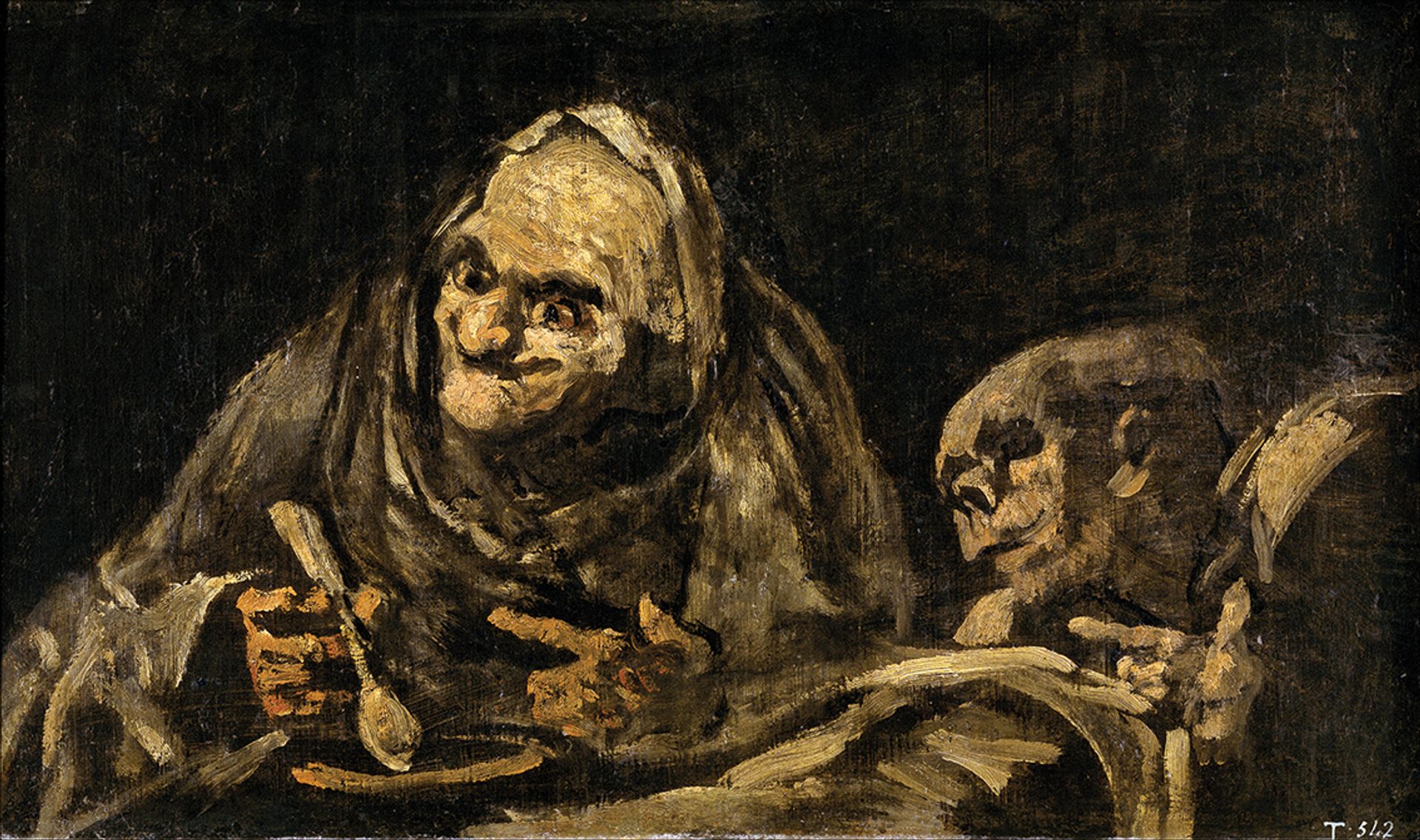
Two Old Men Eating Soup (1819–1823), one of the 14 Black Paintings by Goya that Parreno has used as a basis for his new work Courtesy of Museo del Prado
But then last summer and winter I went to shoot in the Prado. And we tried to shoot the paintings without ever having the frames [in shot], getting really close to them, trying to light them up with candles, to try to get the light reflecting in them, being close to them and going from one to another without really having to see the frames. So being immersed within the paintings, to try to rebuild a diegetic space that was now gone.
It’s interesting because I don’t know if you know Le Montreur d’Ombres [Arthur Robison’s 1923 film also known as Warning Shadows], where a man goes to a weird party and he shows hand shadows and produces a sort of drama. So I’m going to try to do something like that, so we can look at the [Goya] paintings and look at things that you never get a chance to see because you can’t go so close to them.
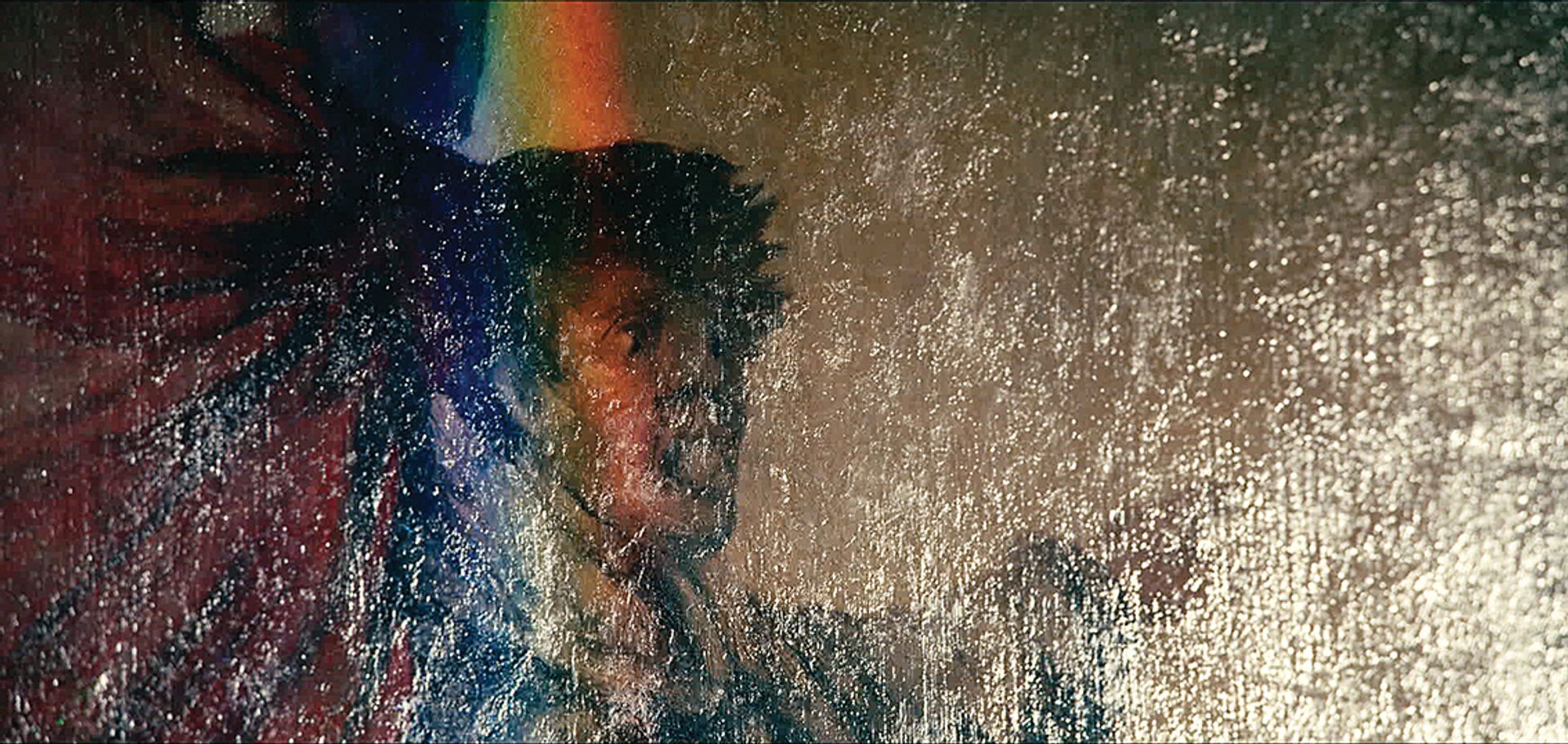
Philippe Parreno's new film was inspired by Goya's Black Paintings Image: courtesy of the artist; Esther Schipper Gallery and Gladstone gallery
As you say, they were created as an installation, effectively.
Exactly. And I found it quite fascinating to go back to this precise notion. They were painted in 1819, which is fascinating as well, because it’s a year or two after the first release of Frankenstein by Mary Shelley and “the year without summer” was also around the same time—the famous year where the volcano in Indonesia erupted, and then the climate changed. And so this idea that we have to go through an apocalyptic time, it is not a new idea. And Goya in his paintings is pretty much in touch with that, as Mary Shelley was. There is a sense of pre-science fiction, which is also something that fascinates me. As [US speculative fiction author] Neal Stephenson has said many times, when you write science fiction, it’s not about writing about the future, it’s about writing about some event that happened in another time—it can be the past or the future, it doesn’t matter. But it’s a game with time. So I’m fascinated by that. The fact that it’s already, in a way, an exhibition, the Black Paintings series—but the space is gone.
• Art Basel Conversations, Artists’ Influencers, Philippe Parreno and Daniel Buren, in conversation with Hans Ulrich Obrist, 23 September, 1pm-2pm
• Parreno’s new film will be on display alongside the Goya show at the Beyeler Foundation, 10 October-23 January 2022
For the full interview with the artist, listen to our podcast A brush with… Philippe Parreno, which is available on the usual podcast platforms. A brush with… series 6 runs from 15 September - 6 October 2021, with episodes released on Wednesdays. This episode is sponsored by Bloomberg Connects.



